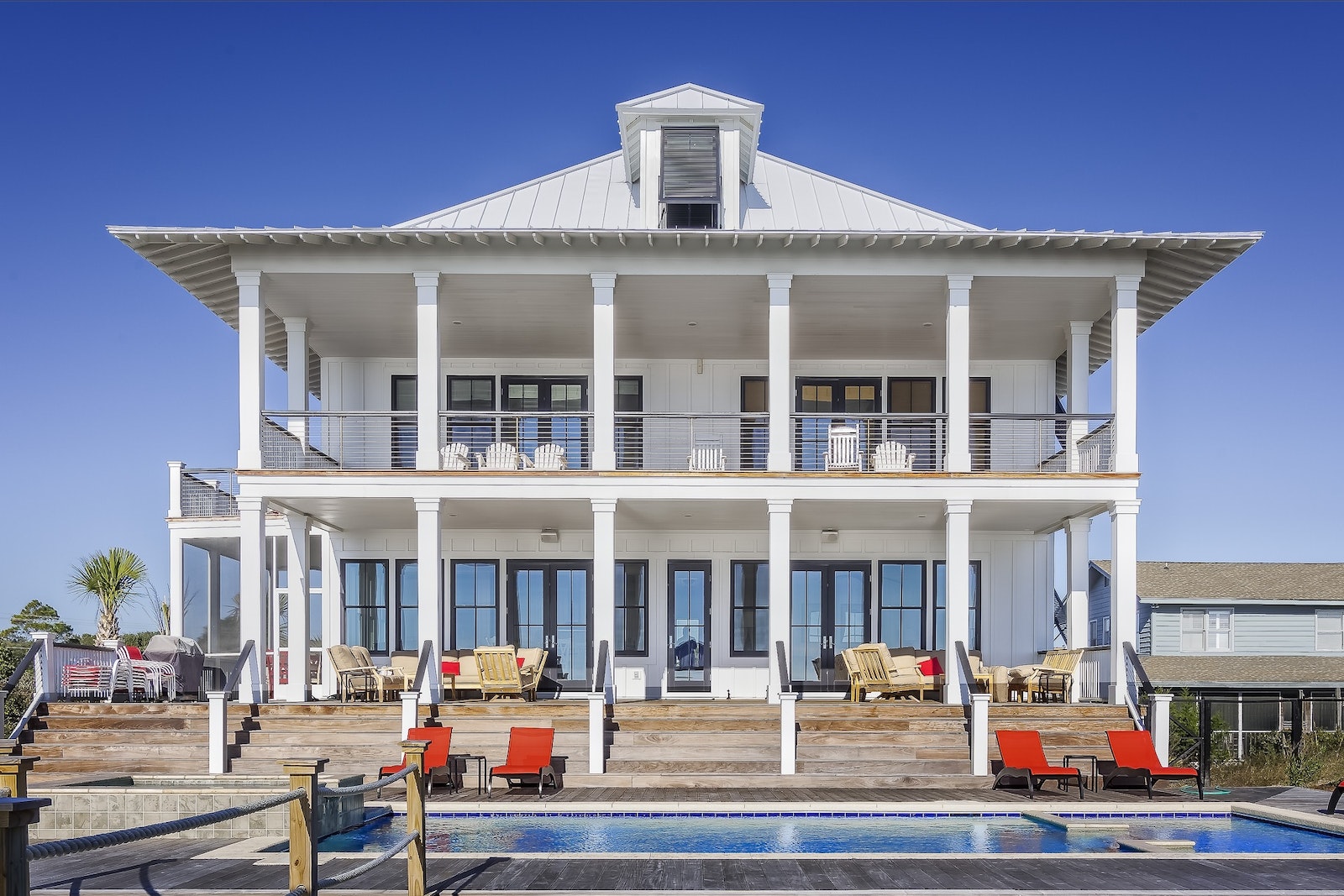Share this article with your network of friends!
As seniors age, there may come a time when living independently becomes increasingly challenging. When daily tasks become more demanding or health needs require additional support, considering assisted living becomes a valuable option. In this article, we discuss when seniors should consider assisted living, delve into the associated costs, and explore alternative options to ensure a well-informed decision-making process.
1. Signs it may be time for Assisted Living:
– Difficulty with Daily Activities: If performing essential activities of daily living, such as bathing, dressing, meal preparation, or medication management, becomes challenging or unsafe, it may be an indicator that assisted living could provide the necessary support.
– Declining Physical or Mental Health: Progressive health conditions, memory loss, chronic illnesses, or mobility limitations can impact a senior’s ability to live independently and may necessitate additional care and supervision provided in an assisted living community.
– Social Isolation or Safety Concerns: Seniors who experience social isolation, lack a support system, or have concerns about their safety due to living alone may benefit from the socialization and security offered in an assisted living environment.
2. Understanding Assisted Living Costs:
– Base Monthly Fee: Assisted living costs typically include a base monthly fee that covers basic services such as meals, housekeeping, transportation, and social activities. The fee varies depending on the facility’s location, amenities, and the level of care required.
– Additional Care Services: Seniors with specific healthcare needs or those requiring additional assistance may incur additional charges for services such as medication management, assistance with activities of daily living, or specialized memory care programs.
– Financial Considerations: Assisted living costs can vary significantly based on location and individual needs. It’s crucial to assess personal financial resources, including retirement savings, income, and potential long-term care insurance coverage. Exploring available financial assistance programs, such as Medicaid or veterans’ benefits, can provide additional support.
3. Alternative Options to Assisted Living:
– Aging in Place: Seniors who prefer to stay in their own homes may opt for modifications and in-home care services to support their needs. This can include home modifications for accessibility, hiring caregivers, or utilizing home health services.
– Independent Living Communities: Independent living communities are suitable for seniors who are relatively independent but desire a more social and maintenance-free lifestyle. These communities offer amenities, social activities, and the opportunity for downsizing.
– Home-Sharing or Co-Housing: Seniors can consider shared housing arrangements, where multiple individuals or families live together and share responsibilities and costs. This option can provide companionship, cost-sharing benefits, and a sense of community.
4. Making an Informed Decision:
– Assess Individual Needs: Conduct a thorough assessment of the senior’s physical, emotional, and social needs to determine the level of care required. Consider medical conditions, mobility, personal preferences, and social support systems.
– Tour and Research: Visit different assisted living communities, independent living communities, or explore in-home care services. Engage in conversations with staff, residents, and family members to gather information and evaluate the suitability of each option.
– Involve Loved Ones: Include family members or trusted individuals in the decision-making process to gather multiple perspectives and ensure a comprehensive evaluation of the available options.
Conclusion:
Choosing the right living arrangement for seniors requires careful consideration of individual needs, financial capabilities, and available support systems. Assisted living offers comprehensive care and support but comes with associated costs. Understanding the signs that may indicate the need for assisted living, exploring alternative options, and conducting thorough research empower seniors and their families to make informed decisions. By assessing individual needs, touring different facilities, and involving loved ones, seniors can find the living arrangement that best promotes their well-being, safety, and overall quality of life. Remember, the ultimate goal is to ensure a comfortable and fulfilling living environment that meets the unique needs of each senior.
DISCLAIMER: This website contains articles for informational and entertainment purposes only. No articles on this website should be considered as professional advice for any medical, legal, or financial matter. Advertisements and content may contain affiliate links, where the website earns a commission for sales derived from our users.





